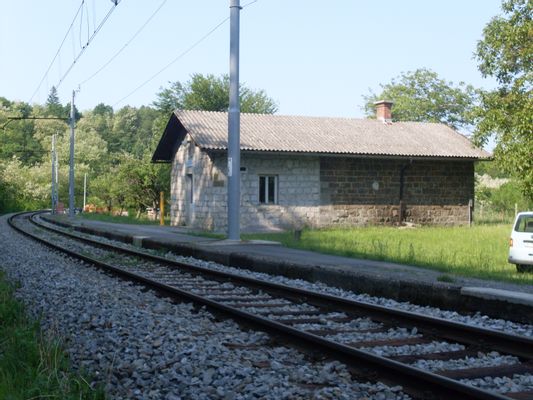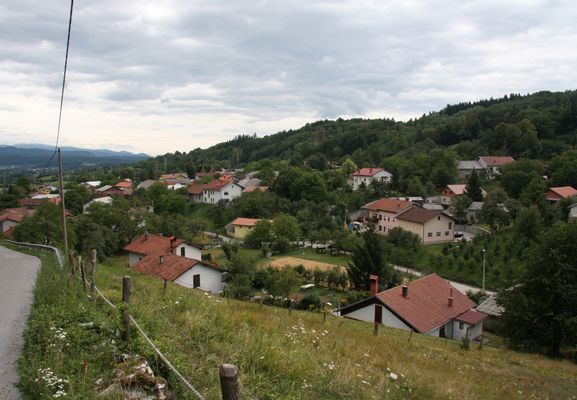This small Slovenian railway town is home to the Military History Park, displaying tanks and aircraft from WW2. The limestone caves and underground rivers shape its landscape.
Walk through a Yugoslav-era submarine at the Pivka Military History Park, climb down 317 steps into Pivka Cave’s underground chambers, or watch seasonal floods create temporary lakes across the basin. The town’s past includes military railways, stories of the strongman Martin Krpan, and early adoption of eco-friendly policies. Forests and jagged rock formations surround the area, with hiking paths leading to caves like Black Cave, wetlands teeming with birds, and small settlements where sheep graze.
Pivka Military History Park
Housed in former army barracks, this museum holds more than 500 military items from the 1900s. You’ll see tanks, cannons, and a Soviet MiG-21 fighter jet displayed outdoors. Climb into the P-913 Zeta submarine to handle its navigation controls or book time in the MiG-21 simulator to experience cockpit maneuvers. During the annual September festival, volunteers stage mock battles using historical uniforms and vehicles. Look for rotating exhibits—the 2025 program focuses on Slovenia’s 1991 independence conflicts. Tours run daily except Mondays from April to October.
Pivka Cave and Black Cave System
These connected caves lie 5 km from Postojna’s more famous network. A steep staircase takes you 65 meters down into Pivka Cave, where electric lights reveal underground rivers and tunnels. Follow the water to Black Cave, named for its shadowy mineral deposits. Special guided trips require crawling through narrow passages or wading waist-deep in water. Guides point out stalactites, vertical pits, and bones of ancient cave bears during the 90-minute tours. Start your visit at the Pivka Cave campsite, where you can rent helmets and boots.
Intermittent Pivka Lakes and Eco-Museum
Seventeen lakes emerge and disappear here depending on rainfall and underground water flow. At the Eco-Museum, interactive displays explain how porous limestone causes these changes. Walk along marked trails to see fields that become lakes in spring, attracting herons, kingfishers, and rare insects. Local farmers move livestock between pastures as water levels shift. Visit in April or October to witness the most extreme transitions between dry land and flooded basins.
Hiking and Cycling Trails
Paths branch out from Pivka toward villages like Palčje, where crumbling fortress walls cling to a hillside. The 12-kilometer Martin Krpan Trail passes stone fences and abandoned shepherd shelters linked to Slovenian folklore. Cyclists ride gravel roads along the old Parenzana railway route or tackle the Šembije Plateau’s uphill stretches. Rent bicycles in town to reach viewpoints facing the Julian Alps on cloudless days. Free trail maps and route suggestions are available at Krpanov Dom near the main square.
Local Culture and Cuisine
Pivka’s traditions reflect its military past and farming practices. The 18th-century Saint Peter’s Church displays detailed wood carvings, while Saint Lawrence Church in Radohova Vas holds music events in July. Restaurants serve Pivka Chicken, a breed raised locally with strict welfare standards. Order jota stew with smoked pork or potato dumplings called žlikrofi, paired with red wine from nearby Karst vineyards. Summer brings outdoor movie nights and stalls selling handmade pottery and honey in the town square.
Sustainability and Innovation
In 2018, Pivka replaced all streetlights with warmer bulbs to protect night skies and save energy. Over 40% of farms avoid synthetic fertilizers, helping preserve habitats for otters and endangered butterflies. The Eco-Museum and restored military sites earned a national sustainability award in 2019. Recent projects include planting 2,000 trees near Kal village and installing systems to collect rainwater for public gardens. These measures aim to protect the region’s fragile limestone environment as visitor numbers grow.

















